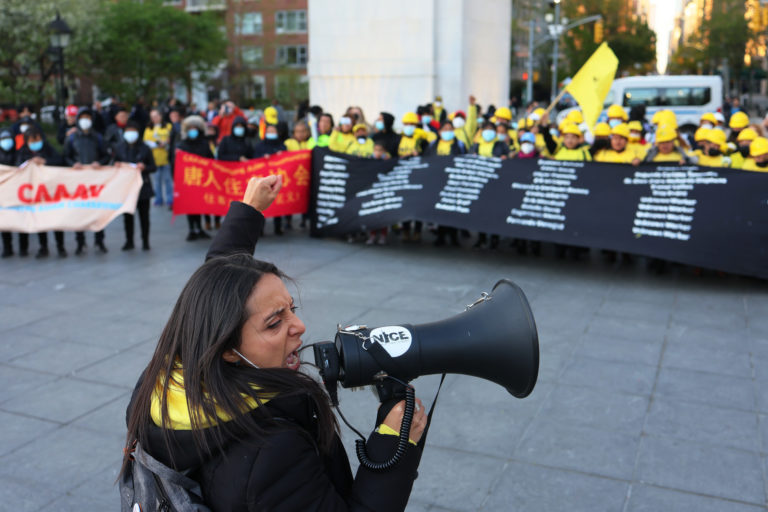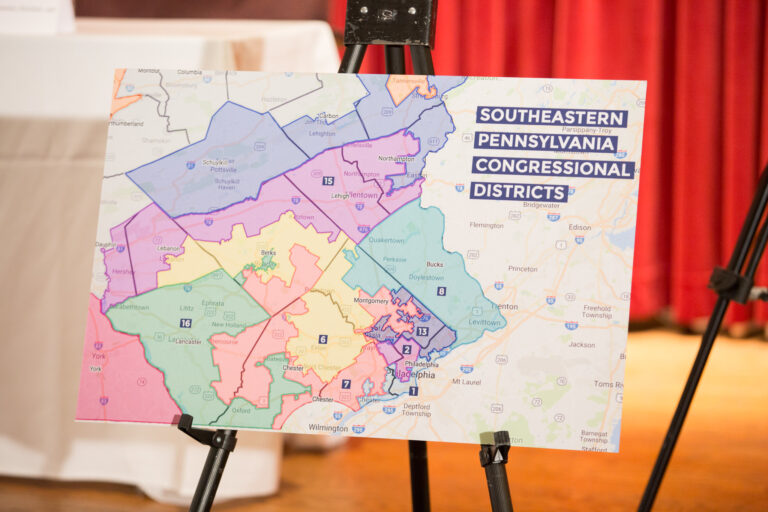
Fred Messner is a student at Harvard Law School.
The tight labor market continues to produce gains for workers not seen for decades. On Saturday, The New York Times published an analysis of the shifts in bargaining power that have allowed job-seekers to demand higher wages and better work conditions—and to refuse positions with employers unwilling to provide them. According to the Times, a combination of stalling population growth, expansive fiscal policy, and higher expectations on the part of workers have changed the calculus of employers long accustomed to a nearly bottomless reserve army of potential employees willing to accept precarious, low-wage work. In a stark departure from recent years, employers appear to be reinvesting in onboarding and training programs cut in the years after the global financial crisis and offering sustained benefits designed to retain employees for the long term. As one non-profit leader remarked, “It’s an explosive moment” for workers right now. In related news, Sunday’s Wall Street Journal included a close look into the “sweet” summer job market for teenagers. According to the Bureau of Labor Statistics, the share of 16- to 19-year-olds who work exceeded 33% in May—the highest figure since 2008. Relatedly, the teenage unemployment rate in May was only 9.6%, a 60-year low and a significant improvement over April’s 12.3% figure. And as more teenagers flood into the job market, the Journal found, they are encountering “more accommodating bosses, greater schedule flexibility, and even higher pay than summers past.”
But workers are not relying solely on what may be an ephemeral post-stimulus economic boom for sustained improvements in their wages and working conditions. As The Guardian detailed on Friday, workers continue to press union organizing efforts in the face of ferocious employer resistance. The U.K.-based newspaper related the story of Christian Smalls, an Amazon warehouse worker fired in March 2020 for leading a walkout in protest of the company’s failure to adopt safety practices commensurate with the dangers of the escalating pandemic. Smalls, who continues to press an unfair labor practice claim before the NLRB, has taken the unusual step of forming a brand new union in the hopes of organizing over 5,000 workers at Amazon’s Staten Island facilities. Smalls faces an uphill battle against the company’s well-practiced and well-documented anti-union infrastructure. But with new data emerging seemingly every week about the Amazon’s poor safety record and efforts to normalize its peer-lagging wages, his effort is more urgent than ever.
Further urgency for current organizing efforts comes from the growing narrative that enhanced federal unemployment benefits are disincentivizing workers to accept open positions. Already, a number of mostly Republican-led states have opted to decline federal funding, eliciting little opposition from the White House. And, more recently, even states with Democratic governors have enacted policies aimed at counteracting what they perceive as strong disincentives to work. As the Wall Street Journal reported Sunday, Connecticut Governor Ned Lamont recently launched a program offering $1,000 signing bonuses to job-seekers who hold a position for at least eight weeks after receiving long-term unemployment. While Lamont’s initiative admittedly stands in contrast to the more punitive approach of revoking benefits altogether, it still reflects an impulse on the part of policymakers to intervene on the part of employers when worker bargaining power grows beyond certain limits. In that context, unionization efforts that lock in bargaining power gains become all the more essential.
Turning to individual employer news, Goldman Sachs Group Inc. agreed to study and disclose the effects of its forced arbitration policy on its staff and workplace. Goldman had previously resisted calls to reassess its longstanding arbitration policy but reversed its stance after a shareholder initiative led by former FOX News anchor Gretchen Carlson garnered surprisingly strong support at the company’s annual investor meeting. While firms in other industries, most notably tech giants Microsoft and Facebook, have stopped forcing employees to submit sexual harassment claims to arbitration, Wall Street behemoths like Goldman have been slow to consider change. Goldman’s acquiescence to the shareholder initiative is thus an encouraging sign that corporate America’s longstanding pro-arbitration stance may be softening, but it should not be overread: as of this month, Goldman was still seeking to compel arbitration in a high-profile sexual harassment suit against one of the firm’s top lawyers.
Finally, a federal judge in Missouri refused to dismiss McDonald’s Corp. and McDonald’s USA LLC from a franchisee worker’s sexual harassment suit, holding that the plaintiff alleged facts that, if true, are adequate to deem the two franchisor entities “joint employers” under Title VII of the Civil Rights Act of 1964. “Joint employer doctrine,” the legal framework governing when indirect employers like franchisors and the clients of staffing companies may be held liable under statutes proscribing conduct by “employers,” has taken on immense importance as the American workplace has become increasingly fissured and more and more workers have found themselves employed under franchise and staffing-company structures. Under the Trump administration, the NLRB narrowed the circumstances under which companies could be deemed joint employers under the NLRA, though some observers have suggested that the Biden administration might seek to return to the previous, more expansive standard. Joint employer doctrine under Title VII is more fractured, with different federal circuits applying different tests. While last week’s ruling in Missouri is just one data point, it may represent the first glimmers of a more inclusive—and thus more worker protective—doctrine in the employment discrimination context.






Daily News & Commentary
Start your day with our roundup of the latest labor developments. See all
December 19
Labor law professors file an amici curiae and the NLRB regains quorum.
December 18
New Jersey adopts disparate impact rules; Teamsters oppose railroad merger; court pauses more shutdown layoffs.
December 17
The TSA suspends a labor union representing 47,000 officers for a second time; the Trump administration seeks to recruit over 1,000 artificial intelligence experts to the federal workforce; and the New York Times reports on the tumultuous changes that U.S. labor relations has seen over the past year.
December 16
Second Circuit affirms dismissal of former collegiate athletes’ antitrust suit; UPS will invest $120 million in truck-unloading robots; Sharon Block argues there are reasons for optimism about labor’s future.
December 15
Advocating a private right of action for the NLRA, 11th Circuit criticizes McDonnell Douglas, Congress considers amending WARN Act.
December 12
OH vetoes bill weakening child labor protections; UT repeals public-sector bargaining ban; SCOTUS takes up case on post-arbitration award jurisdiction